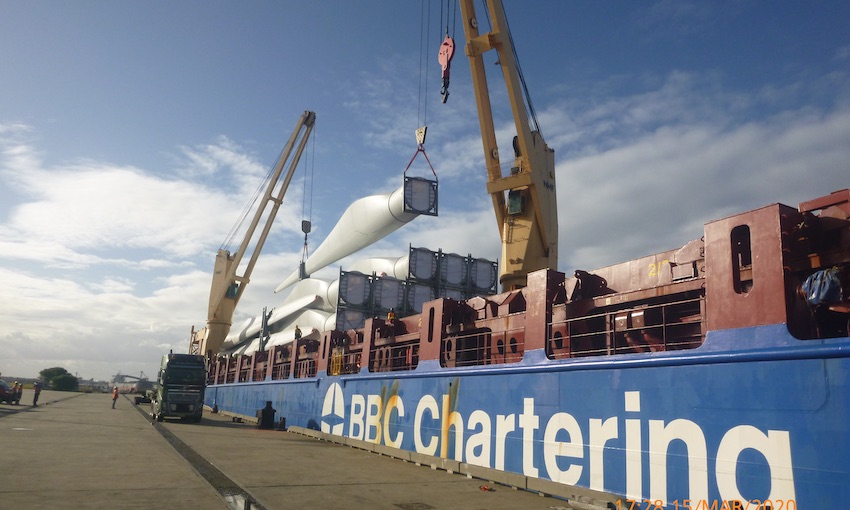A REPORT completed by consultancy firm Ernst & Young has found that a stimulus package aligned with Australia’s national climate change greenhouse gas emissions goals would deliver long-term economic, employment, and environmental benefits.
Commissioned by World Wide Fund for Nature, the report supports the NGO’s call for the Australian government and the states to support a $2bn renewable-led stimulus package.
It suggests near-term opportunities for continued investment in renewable energy technology and infrastructure, such as solar, batteries, wind, hydrogen and fuel cells, could be the cornerstone of this package.
The report says that such a package would create and re-shape thousands of jobs in the electricity, transport, manufacturing and industrial sectors, while reducing Australia’s domestic emissions and positioning Australia to benefit from low carbon trade opportunities.
“These solutions could also help to create new jobs and economic opportunities in Aboriginal and Torres Strait Islander communities,” the report states.
“Longer-term, emerging low carbon technologies offer further growth and employment opportunities, helping to secure future prosperity for Australia in a globally decarbonised world.”
The report found more than 100,000 direct jobs could be unlocked by accelerating Australia’s wind and solar project pipeline.
“Every dollar of stimulus spent on clean projects generates nearly three times as many jobs per dollar than investment in fossil fuel projects,” the report states.
WWF says manufacture of “green steel” would generate about $65bn in annual export revenue and could create 25,000 manufacturing jobs in Queensland and New South Wales. It also believes Australian can become a major manufacturer and exporter of hydrogen. Hydrogen (which produces no GHGs when burned) could meet up to 24% of world energy demand by 2050 with annual hydrogen sales of US$700bn.
“An additional 60,000 regional employment opportunities could be created by 2030 if Australia transitions electricity generation (for energy demand) to a 50% renewable energy powered grid,” the report states.
This would be multiplied if electrification and export opportunities were incorporated into this transition.
“A more rapid transition would generate proportionally more employment to 2030, and beyond.
“To unlock these growth opportunities in a world emerging from COVID-19, a renewable stimulus package would support investment and employment for Australia to become a leading renewable energy exporter,” the report states.
WWF is calling for five targeted stimulus measures:
– A $500m government investment would position Australia as a global leader in the advanced manufacturing revolution. We could become the ‘battery nation’, while creating 4,500 manufacturing jobs and an additional 2,300 jobs in construction and installation.
– A $500m government investment would deliver the biggest solar roll-out Australia has ever seen. It would create up to 5,000 jobs and cut the cost of energy for thousands of schools, hospitals, country fire stations and Indigenous communities across regional Australia.
– A $240m government investment would see Australia fast-track the electric bus revolution and build a national manufacturing sector supplying electric buses to the world. This would double our current bus manufacturing workforce from 10,000 to 20,000.
– With a $520m government investment, we can reduce energy bills and boost the efficiency of Australian manufacturing, while creating 22,000 new jobs.
– With a $225m government investment we can manufacture renewable hydrogen right here using Australian infrastructure and export it to the world. This would increase our fuel security and put us at the forefront of an expanding global market.

